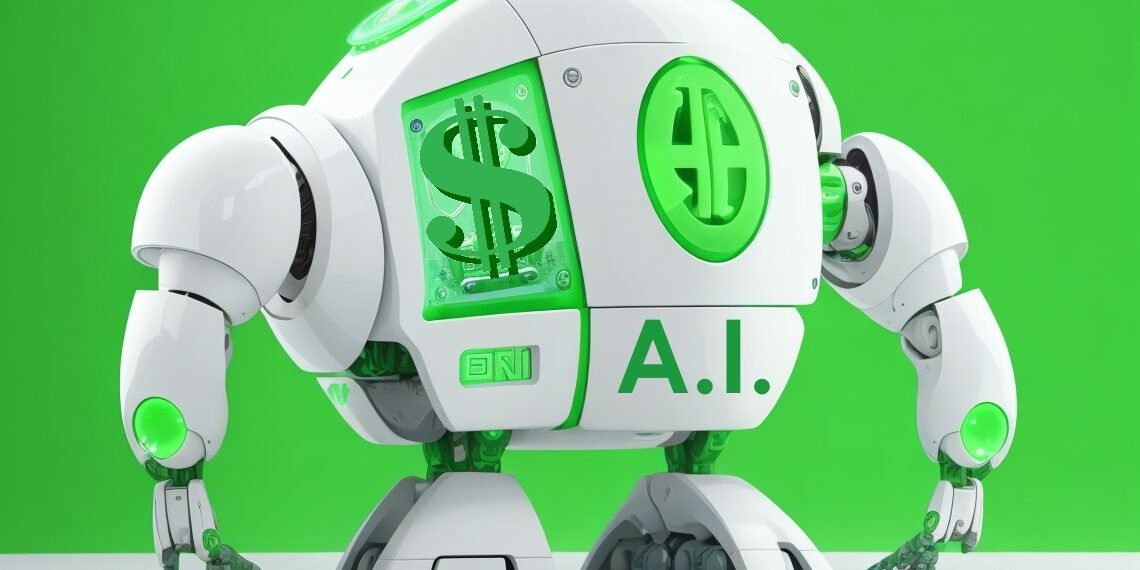Generative artificial intelligence (AI) is making big waves in the ocean of large enterprises, with a projected investment of over $450 billion across twelve different sectors in the next seven years, according to ABI Research. While generative AI has gained traction in the business-to-consumer (B2C) market through applications like ChatGPT and Bard, its true economic potential lies in the enterprise, business-to-business (B2B), sector.
Reece Hayden, a Senior Analyst at ABI Research, highlights the disruption already seen in content-heavy verticals like marketing and education due to the adoption of generative AI. As trust in this technology grows, Hayden foresees a second wave of AI adoption that will bring external services to the enterprise market. This presents an opportunity for businesses to build and develop products and services around generative AI.
Healthcare is one industry projected to increasingly rely on generative AI for essential services such as monitoring patient health trends and creating healthcare chatbots. Additionally, the third wave of adoption could see sectors like manufacturing and logistics leveraging generative AI to automate and streamline processes.
In contrast to AI’s benefits, there are inherent risks associated with generative AI, including the possibility of adverse outcomes from AI hallucinations to job losses. ABI emphasizes the need for a well-defined corporate strategy to avoid fragmented deployments. This strategy should encompass the use, governance, legal policies, and expected outcomes of generative AI within the enterprise.
The future of the generative AI market is not crystal clear, especially considering impending global regulations. However, ABI Research projects that over the next seven years, generative AI will become an integral part of all business processes, representing a $450 billion industry. This highlights the importance of businesses embracing a careful and measured approach to the deployment of enterprise AI.
The ainewsarticles.com article you just read is a brief synopsis; the original article can be found here: Read the Full Article…





